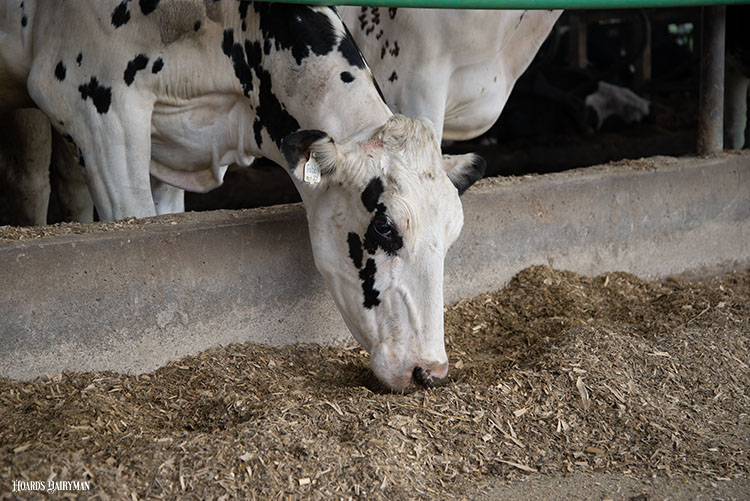
In cattle rations, vitamins play an important role in cattle health, production, reproduction, and more. Although we know vitamins are needed by dairy cows, it is difficult to determine the exact amount that is required for some of them.
In the 2021 National Academies of Sciences, Engineering, and Medicine (NASEM) Nutrient Requirements of Dairy Cattle, Eighth Revised Edition, which was formerly known as the NRC, there are estimated requirements for the major minerals and a few trace minerals. However, the dietary recommendations for iodine, manganese, selenium, and vitamins A, D, and E are listed as “adequate intakes” rather than requirements.
During the July Hoard’s Dairyman webinar, Bill Weiss, a professor emeritus at The Ohio State University, reviewed the definition of adequate intake. Adequate intake or AI, he said, is the amount of the nutrient a cow should consume daily based on the limited data that was available to the NASEM committee. This wording was used when a mineral or vitamin is essential and deficiency signs have been observed in cattle, but data were not sufficient to precisely define how much is needed.
“That terminology was chosen to reflect that, because of limited data with vitamins, the accuracy of how much a cow exactly needs is not known with high precision,” he explained.
To illustrate the point, he used an example featuring vitamin E. He said that if research comparing no vitamin E supplementation to 1,000 international units (IU) of supplemental vitamin E showed that the 1,000 IU reduced the incidence of mastitis, that level would be used as the adequate intake recommendation. It doesn’t mean that 2,000 IU might not be better or that 500 IU isn’t enough, but based on the research, 1,000 IU reduced mastitis.
If another experiment compared no supplementation to 5,000 IU of vitamin E, and the 5,000 IU showed to reduce mastitis, the adequate intake recommendation would still be 1,000 IU. That’s because the study did not prove that 5,000 IU is better than 1,000 IU.
However, if a third experiment compared no supplementation to 1,000 IU and 2,000 IU of vitamin E, and 2,000 IU showed to have more impact than 1,000 IU, then 2,000 IU would be selected as the recommended adequate intake. Weiss noted that doesn’t mean that 4,000 IU might not be better or that 1,500 IU are not enough, but the adequate intake is determined by the data that is available.
“That’s the reason we use the adequate intake term, when there’s uncertainty around exact amount needed,” he noted. “But, the adequate intake has been shown to be beneficial and for most formulations, consider adequate intake as a requirement.”
To learn about adequate intake requirements for some of the vitamins needed in cow rations, watch the July Hoard’s Dairyman webinar, titled “Vitamins for dairy cattle.”








